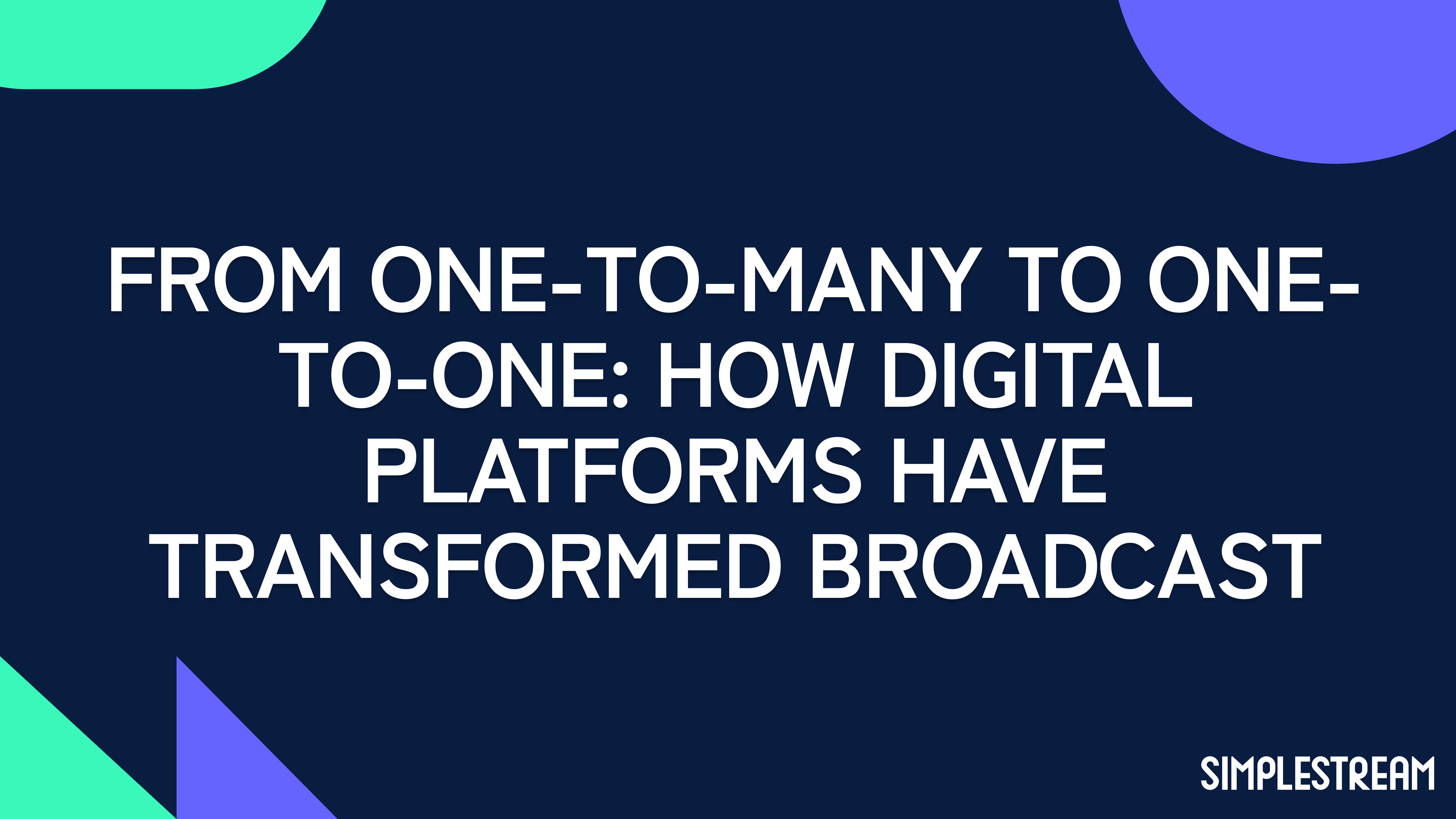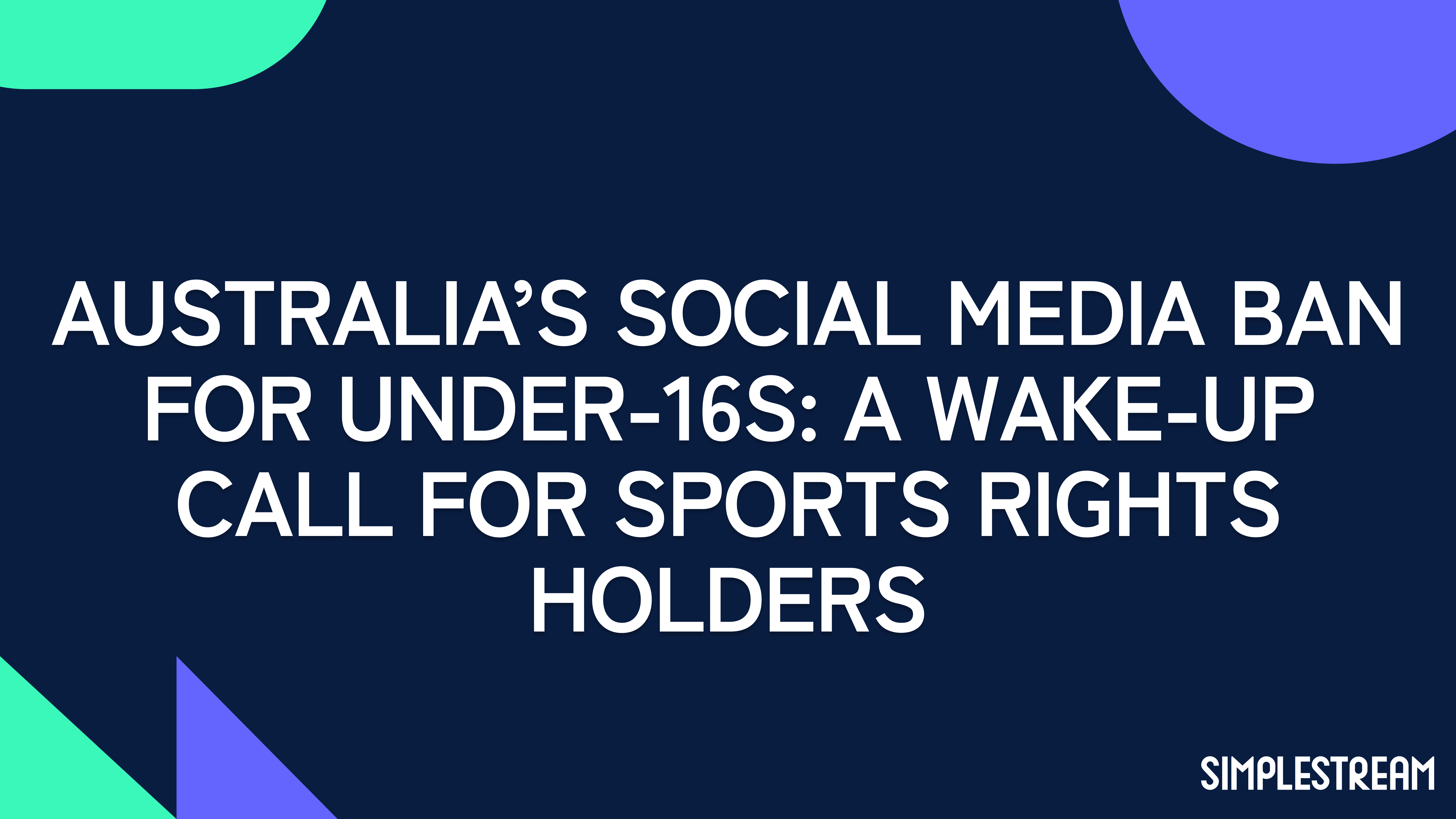AVOD and FAST: Key statistics from consumers
Statistics on AVOD and FAST to help understand how streaming services can successfully implement an ad-supported model.
Content consumption hasn’t slowed down, if anything it’s moving at odds with shrinking consumer budgets and growing business costs. From the perspective of the consumer, the appetite for content is still there. Streaming services are operating like Silicon Valley start-ups, at a loss initially to attract customers, and gradually raising prices once people are hooked on their content. Ad-supported tiers are gaining popularity because they solve the current financial problems businesses and consumers are facing.

We did some research on UK-based consumers to understand how they feel about advertising on their streaming services. This survey included 300 respondents of all genders, aged 18-65. If you’re just here for AVOD and FAST key statistics, then you can find them all here:
- 62.24% of 18 to 29-year-olds agreed that a cheaper or free-to-access ad-supported tier would stop them from unsubscribing from a streaming service.
- 40.82% of 18 to 29-year-olds would be more likely to watch ad-supported content if the advertising in it is personalised.
- 70.41% of 18 to 29-year-olds think personalised recommendations, customised channels and advertising is very to extremely important.
- The top 3 most popular platforms among 18 to 65-year-olds in the UK are, Netflix (79.73%), Amazon Prime Video (63.12%), and YouTube (54.82%).
- 42.19% of 18 to 65-year-olds provided a neutral response when asked if they would be more or less likely to watch content with advertising if it was personalised.
- 34.55% of 18 to 65-year-olds would be more likely to watch content with advertising if it was personalised.
- 42.52% of 18 to 65-year-olds are less likely to consent to sharing their data when using a streaming service app.
- How people aged 18 to 65 choose to watch content in the UK: Linear Programming 11.96%, Live Events 20.93%, On-Demand 60.13%, Catchup 6.98%.
- 27.55% of people aged 18 to 29 prefer to watch Live Events (Sports, Music, Entertainment).
- 23.5% of people aged 18 to 29 choose to watch content mostly on their Smartphones.
Continue reading for deeper insights on these statistics, and to find out whether AVOD or FAST is the future for content delivery.
Millennials and Gen Z like advertising… if it’s personal
It's not surprising that people who grew up with social media are more comfortable with advertising. Social media ads are tailored to users based on the data they share, making them more personalised and relevant.

62.24% of 18 to 29-year-olds agreed that a cheaper or free-to-access ad-supported tier would stop them from unsubscribing from a streaming service. 40.82% would be more likely to watch ad-supported content if the advertising was personalised.
70.41% of this age group think personalisation is crucial for recommendations, customised channels, and advertising.
The top 3 most popular platforms
Across all age groups 18 to 65, these are the most popular services in the UK:
- Netflix (79.73%)
- Amazon Prime Video (63.12%)
- YouTube (54.82%)
YouTube is predominantly an ad-supported platform, and both Netflix and Amazon now offer an ad-supported tier or viewing options. Only when looking at an older demographic does YouTube drop out of the top 3 ranking, while its popularity grows to 57.14% among 18 to 29-year-olds. YouTube is a FAST service as it offers content for free on demand, live, or linearly.
Personal ads without the data
Personalised and targeted advertising is the dream for most advertisers, as this means reaching the right people. Approximately 42% of consumers responded neutrally when asked about their likelihood of watching personalized ad-supported content. 42.52% of users may not share data on streaming apps, reducing ad personalization options.
It's not all doom and gloom though, as 34.55% would be more likely to watch content with personalised advertising. This rises to 40.82% among 18 to 29-year-olds, which could be useful for streaming services looking to target these audiences.
AVOD or FAST?
The way in which people watch video content shapes the experience. For example, most people watch linear content on a big screen in their living room.
55.81% of adults between the ages of 18 and 65 prefer Smart TVs or Big Screens for watching. In comparison, only 33.67% of those aged 18 to 29 have the same preference. Let’s look at a comparison of how people watch in the UK:
- On-Demand 60.13%
- Live Events 20.93%
- Linear Programming 11.96%
- Catchup 6.98%
When comparing this to the younger age group (18-29), live events increase to 27.55%. This audience also prefers to watch more on their smartphones, with 23.5% choosing this as their preferred streaming device. The overall average for all ages who choose to watch on a smartphone reduces to 12.29%. 18 to 29-year-olds watch less linear programming, making up only 9.18% of the audience.
.jpg)
Deciding between AVOD (advertising video-on-demand) or FAST (Free ad-supported TV) service when delivering content is not easy. The content and intended audience factor in the choice too.
Overall, 18 to 65-year-olds also watch mostly on demand, so AVOD would seem like an obvious choice. 11.96% of audiences in the UK still choose to watch content delivered linearly, so incorporating something like a virtual channel with advertising inserted alongside on-demand content on an owned and operated platform could be the best of both worlds from the perspective of the consumer.
To learn more about UK consumer content consumption, simply download our Consumers in the Modern Age report here.



